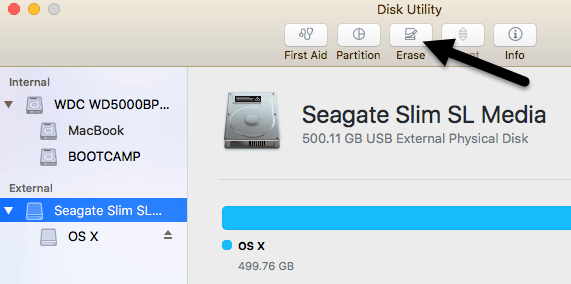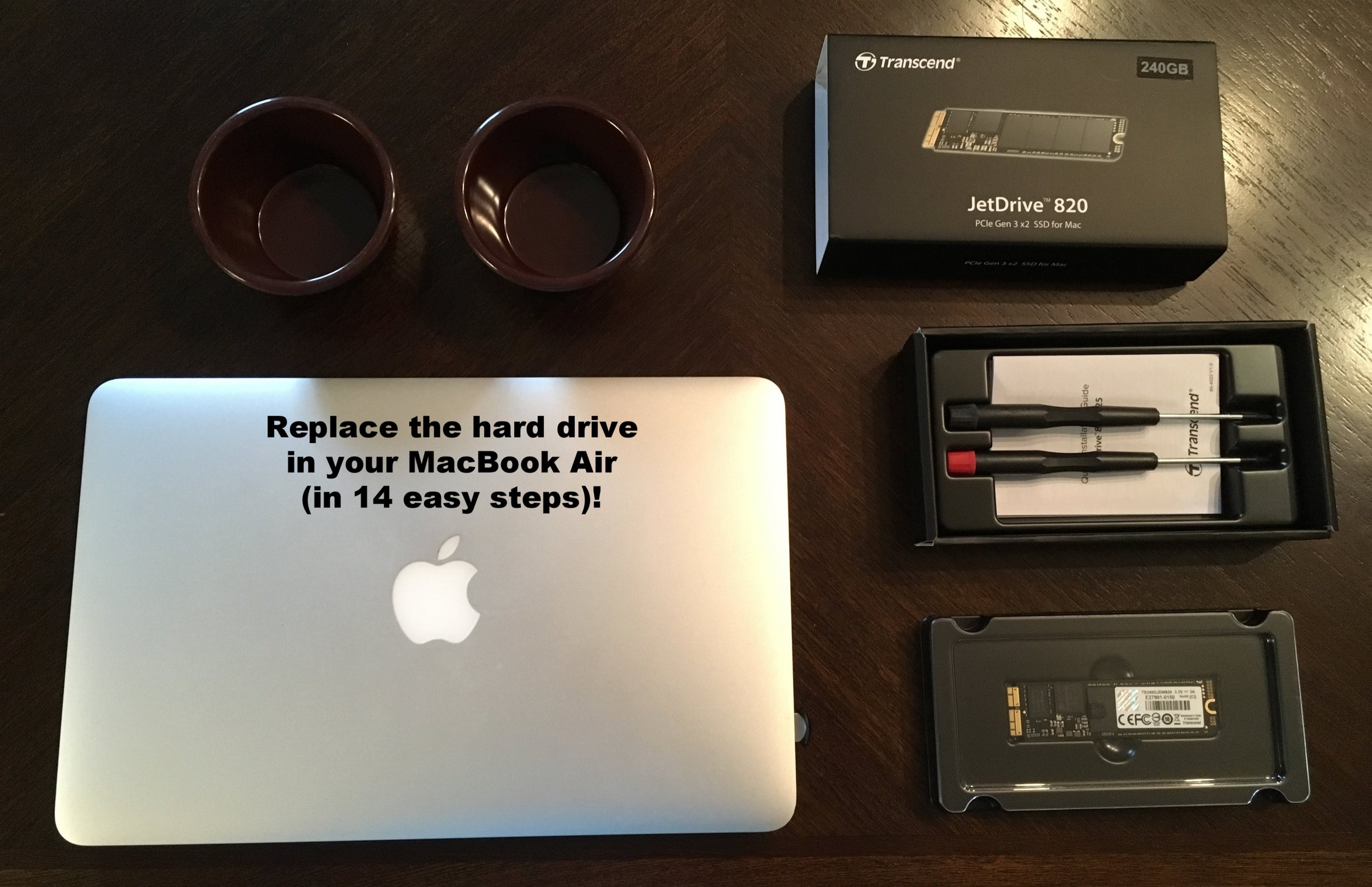

Steps 4-6 are optional but should be used on a drive that has never been formatted before, if the format type is not Mac OS Extended, if the partition scheme has been changed, or if a different operating system (not OS X) has been installed on the drive. The format process can take up to several hours depending upon the drive size. Double left-click on the Mac HD, the internal Mac hard drive visible on the top-right corner of the desktop screen. Options button, check the button for Zero Data and click onĮrase button. Set the format type to Mac OS Extended (Journaled.) Click on the Double click to open up a window to the drive so you can see your nice empty drive. That icon lets you know your external hard drive is connected and seen by your Mac. Select the volume you just created (this is the sub-entry under the drive entry) from the left side list. Within a few seconds you should see a new icon on the desktop. Partition button and wait until the volume(s) mount on the Desktop.Ĥ. Set the number of partitions from the dropdown menu (use 1 partition unless you wish to make more.) Set the format type to Mac OS Extended. Options button, set the partition scheme to GUID (only required for Intel Macs) then click on the In this article, we’ll help you find the best external hard drive for Mac. SMART info will not be reported on external drives. It’s a pain to look through a mount of options when it comes to external hard drives for Mac. If it does not say "Verified" then the drive is failing or has failed and will need replacing.


See all Internal Hard Drives 89. Select the new drive and click the Partition tab. Navigate to Applications and click Utilities. To create a partition on a new drive, complete the following: Open Finder.
MAC NEW HARD DRIVE WINDOWS
Note the SMART status of the drive in DU's status area. House plenty of files on your Windows or Mac laptop by installing this HGST Travelstar 5K1000 0J22413 internal SATA hard drive, which features a 1TB capacity for ample storage. Note: The following steps create an HFS+ (Mac OS Extended (Journaled)) partition that uses the entire drive space. Flip that door’s tab, remove the cover, remove the battery, and the hard drive is ready to be plucked. After DU loads select your hard drive (this is the entry with the mfgr.'s ID and size) from the left side list. The hard drive is hidden underneath the battery access door. When the menu bar appears select Disk Utility from the Installer menu (Utilities menu for Tiger or Leopard.)Ģ. After the installer loads select your language and click on theĬontinue button. If you need to reformat your startup volume, then you must boot from your OS X Installer Disc. Open Disk Utility in your Utilities folder.


 0 kommentar(er)
0 kommentar(er)
